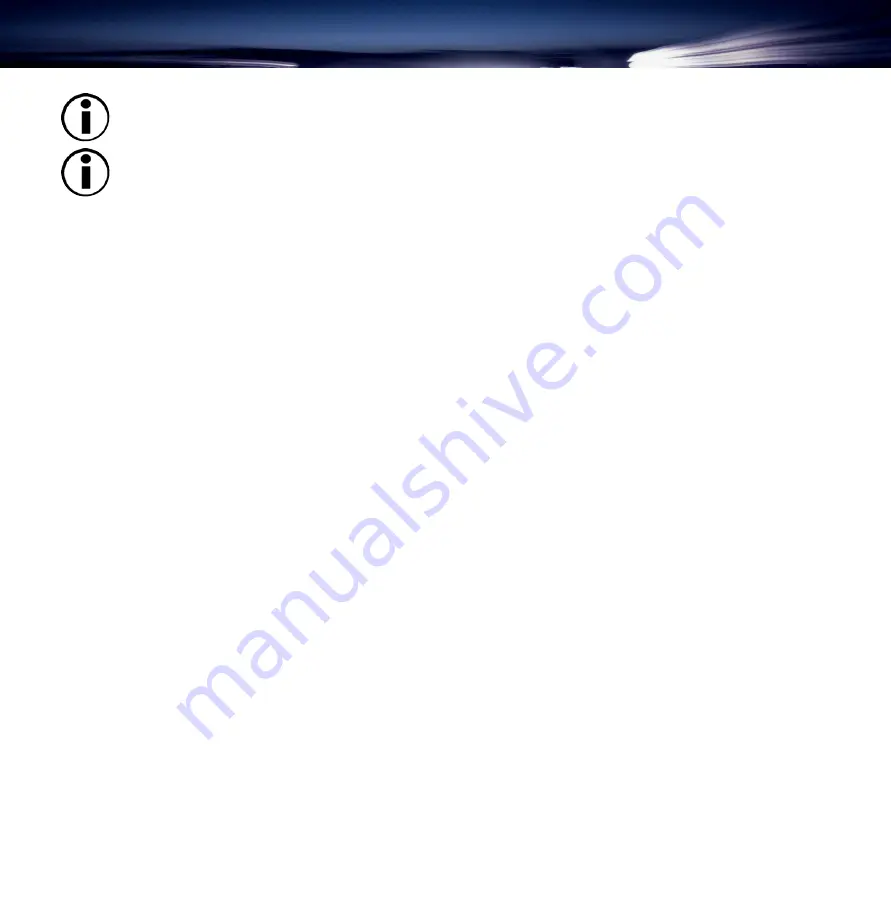
Formatting and Partitioning
page 16
LaCie Big Disk
Important Note:
. Technical Information, section 5.3 Mac OS Standard vs. Mac OS
Extended, for a more detailed discussion on the differences between the two systems.
Important Note:
Apple recommends that unless you have a specific reason to use the UNIX File System (UFS),
you should use the Mac OS Extended format since it provides a more familiar experience to Macintosh users.
9) In the
Options
section, click the
Install Mac OS 9 Disk Drivers
box if you plan on sharing the drive between the Mac
OS 9.x and Mac OS 10.x.
10) Once you have finalized the volume format, number of partitions, size and options, click
OK
. The following message will
appear: “
Warning!
Saving the new volume will erase all existing volumes. This can NOT be undone. Are you sure you
want to do that?” Click
Partition
to continue.
11) Mac OS 10.x will automatically setup the disk with the partitions and volume format you selected, and your new drive
will be available for use.
4.2 PC Users
• Windows 98 SE and Me – Install and use LaCie Silverlining 98, which is included with your drive.
• Windows 2000 and XP – Use the Disk Management Utility, which is native to the operating system.
For instructions on installing and using Silverlining 98, please refer to the Silverlining manual, located on your LaCie Storage
Utilities CD, in PDF format.
Formatting and Partitioning Using Windows 2000 and Windows XP
The process of formatting and partitioning a drive on a computer running Windows 2000 or Windows XP consists of two
steps: (1) installing a signature on the drive, and (2) partitioning/formatting the drive. These steps will erase anything that is
on the disk.
1) Connect the drive to the computer via the FireWire port.
2) Right-click
My Computer
and click
Manage
.
3) From the
Computer Management
window, select
Disk Management
(located below the Storage group).
4) If this is the first time the drive is being formatted, Windows 2000 will launch the
Write Signature Wizard (Write
Initialize
Wizard in Windows XP). Click
Next
.






























